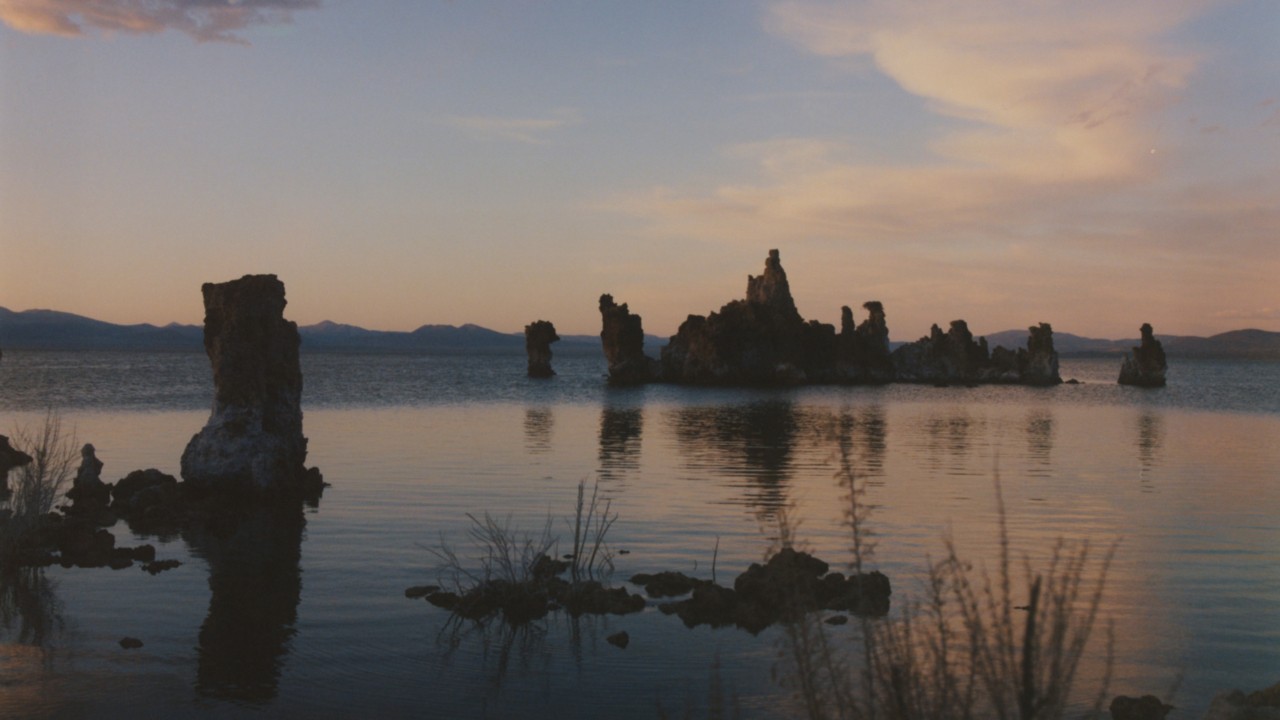Mono Lake shouldn’t exist—and yet it does, defiantly. In the high desert of central California, this otherworldly body of water is home to surreal landscapes, uniquely adapted ecosystems, and layered human histories make it a site of profound environmental and cultural significance.
Twice as salty and alkaline as the ocean, Mono Lake has no outlet. For more than 760,000 years, water has flowed in but escaped only through evaporation, leaving behind dense mineral deposits. The result is an extreme environment where no fish can survive, yet life has adapted in extraordinary ways: Trillions of brine shrimp and alkaline flies thrive in its waters, forming the base of a food web that supports millions of migratory birds each year.
The Kutzadika’a Paiute people have lived in the Mono Basin for centuries and maintain a deep ancestral relationship with the lake. They traditionally harvested the pupae of the alkali fly—rich in protein and cultural meaning—using intricately woven tools. Their knowledge of the lake’s rhythms and resources remains central to its story, especially as they continue to fight for federal recognition and the protection of their homeland.
This series is a testament to the enduring entanglement of ecology and culture—and to the possibilities that emerge when we pay close attention to place.
